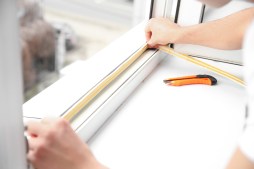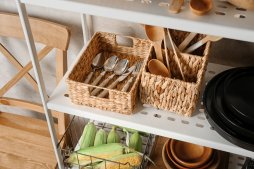How to Repot Houseplants: A Step-by-Step Guide for Beginners

Repotting houseplants is an essential part of indoor gardening that helps your plants thrive and stay healthy. Whether your plant has outgrown its current pot or the soil has become compacted, knowing when and how to repot is key. This guide will walk you through everything beginners need to know to give their houseplants a fresh start.
When Should You Repot Your Houseplants?
Timing is crucial for repotting. Most houseplants benefit from being repotted every 1-2 years, but look out for signs like roots growing out of drainage holes, slower growth, or soil that dries out very quickly. Early spring is often the best time because plants are entering their active growing phase, which helps them recover faster after repotting.
Choosing the Right Pot and Soil
Selecting an appropriately sized pot is important; it should be only one size larger than the current one to prevent overwatering issues. Make sure your new pot has drainage holes. For soil, use a fresh potting mix suitable for your plant type—cacti and succulents need well-draining soils, while tropical plants prefer moisture-retentive mixes.
Step-by-Step Repotting Process
Start by gently removing the plant from its old pot without damaging roots. Loosen any tightly bound roots carefully with your fingers. Place some fresh soil in the bottom of the new pot, position your plant centrally, then fill around with more soil while firming lightly to remove air pockets. Water thoroughly after repotting to help settle the soil.
Aftercare Tips Post-Repotting
Keep your newly repotted plants in a location with indirect light and avoid fertilizing immediately as they adjust. Monitor watering closely since newly disturbed roots can be sensitive; usually wait a week or two before resuming regular fertilization routines.
Common Mistakes to Avoid When Repotting
Avoid using pots that are too large as excess soil can retain water leading to root rot. Don’t rush through loosening root balls—this step prevents future growth problems. Also, don’t skip choosing proper soil tailored for each plant’s needs as this greatly affects health post-repot.
Repotting may seem daunting at first but following these simple steps ensures your houseplants will continue growing happily in fresh conditions. With patience and care, you’ll soon master this gardening skill and enjoy lush indoor greenery all year round.
This text was generated using a large language model, and select text has been reviewed and moderated for purposes such as readability.











